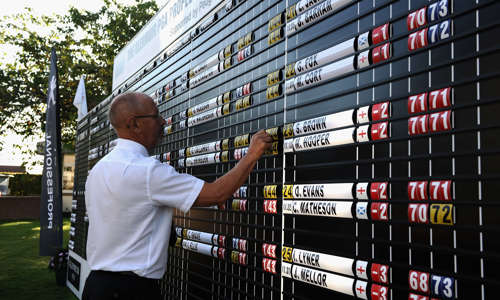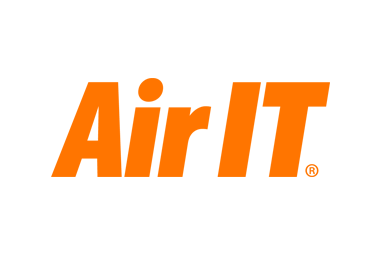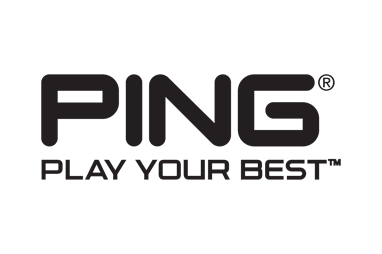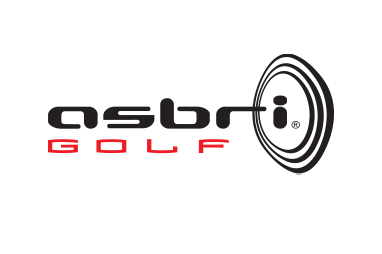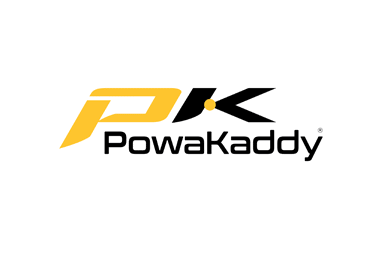What kind of tech do clients best respond to in your experience?
There is such a variation in what people respond to, and in so many different ways. But mostly I would say it is about the visual (2D). If you then add in numbers (3D) then customers really do respond in a very positive manner. As long as you filter the information correctly, numbers are the key and the customer will then start seeing better golf shots.
To what extent do you have to treat every lesson differently, in terms of your clients’ openness to tech and the risk of overwhelming them with tech?
You are the filter between the information received from the tech and what is passed on to the customer. Each person is different in how they take on information and their understandings. You need to make sure you keep asking questions and get to know your customer and how they take the information on board. Pick out the smoking gun which has been highlighted by the tech and use the simplest way possible to explain where they are currently at, what we need to change and how this will be achieved. The most effective way I achieve this normally is without using the club and ball to get an understanding of what is happening. I use a tennis racket, medicine balls, an American football, fitness bands and kettle bells to just name a few. Give the customer an experience they will remember.
Do you think it is still possible to be a credible golf coach without tech?
Without tech, you are going into the world of guessing rather than measuring. So the more you can measure, the quicker you can make the golfer become better. If you test yourself before you see what the tech is saying and you start getting this correct, then you are improving as a coach. Plus, there will be a day when things just don’t work, and you have to be ready, roll up your sleeves and get stuck in.
Can you discuss the overlap/ relationship between golf tech (eg. launch monitors) and fitness tech (eg. force plates)?
The launch monitor is showing you what the club and ball are doing and the force plates are showing you the forces that create the movements of the body (kinetics) and also the description of the movement (kinematics). In turn, that then changes what the club and ball are doing. If you then combine this with 3D, you have everything covered. But suddenly that’s a lot of tech. The number one piece of information you need is how well or poorly the customer can move and what restrictions they have. If you have ambitions of being a good coach, the TPI Level 1 course is a must. The understanding of the bodyswing connection is a game-changer.
Tech now allows for virtual teaching – can you compare and contrast this with the traditional face-to-face experience from a coach’s perspective?
For the customer to have the option of virtual or face to face is only good for the game of golf. Dealing with so many different types of people, no one thing is going to suit everyone. With time being so limited for a lot of people, virtual can be a lot more flexible. There is also less pressure for the customer of hitting balls in front of a pro, which can be difficult for some people. Sessions can be shorter and more regular with small adjustments being made each time, which does suit a lot of people.
But a lot of customers still prefer the face-to-face option. Building that relationship with the customer and seeing something live in front of you is totally different in terms of the feedback you get. Tech has made the contact between sessions so much easier. Keeping that constant contact going – in any shape of form – is so important in retaining your customers.
What piece of teaching tech would you be lost without?
The main piece of tech I couldn’t be without is the SportsBox 3D Golf App. It has made me become a better coach and made me up my game. It is all done via your phone, hence my answer to the question earlier on pieces of tech for newly-qualified pros about investing in a very good phone. The app has been an absolute game-changer for my coaching and my customers.
Alongside SportsBox 3D, I would say learning how the body works, how mobility and stability influence the golf swing, alongside the body swing connection from TPI. Ever young coach needs that in their armoury.
But I would also add that I couldn’t live without the continued development and learning as a coach either. Get a mentor and people you wish to learn from and just keep trying to improve.
Can you prove you are a more effective coach thanks to tech and show your client retention has increased as your tech has developed?
There are quite a few different options as a golf coach and I have done pretty much every option – golf club, municipal, members’ club, country club, standalone driving range and indoor studio on an industrial estate.
I have tried to keep investing and moving forward with my coaching each year. So from when the journey began to eight years ago when I opened up my own studio and the investment began into myself and the tech, my yearly coaching revenue has doubled, combining it with coaching at Salisbury & South Wilts GC. I will continue trying to improve by learning and listening and pushing forward and I feel a better coach for it by simply trying to improve. The increased revenue is the bonus that comes with it. There has to be passion and hard work behind what you do.
Learn more at markameygolf.co.uk





